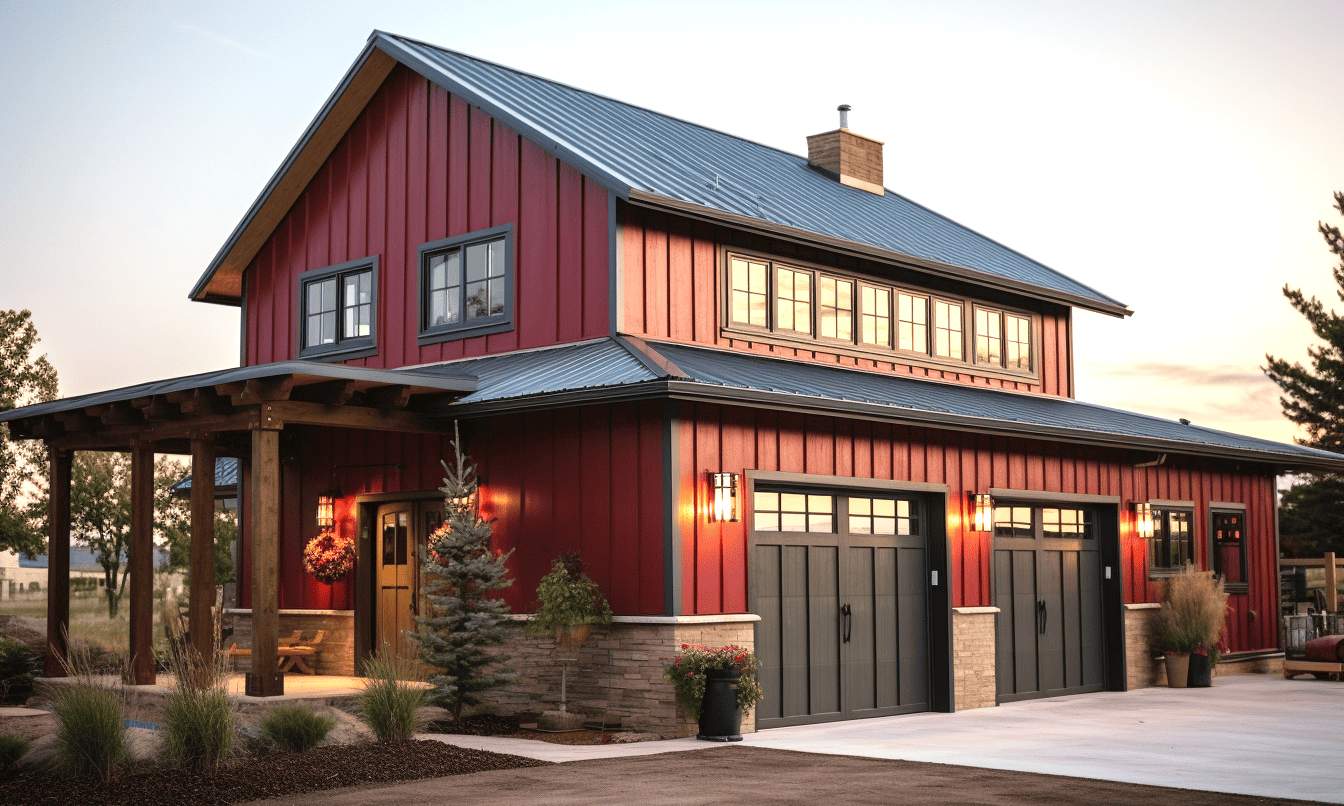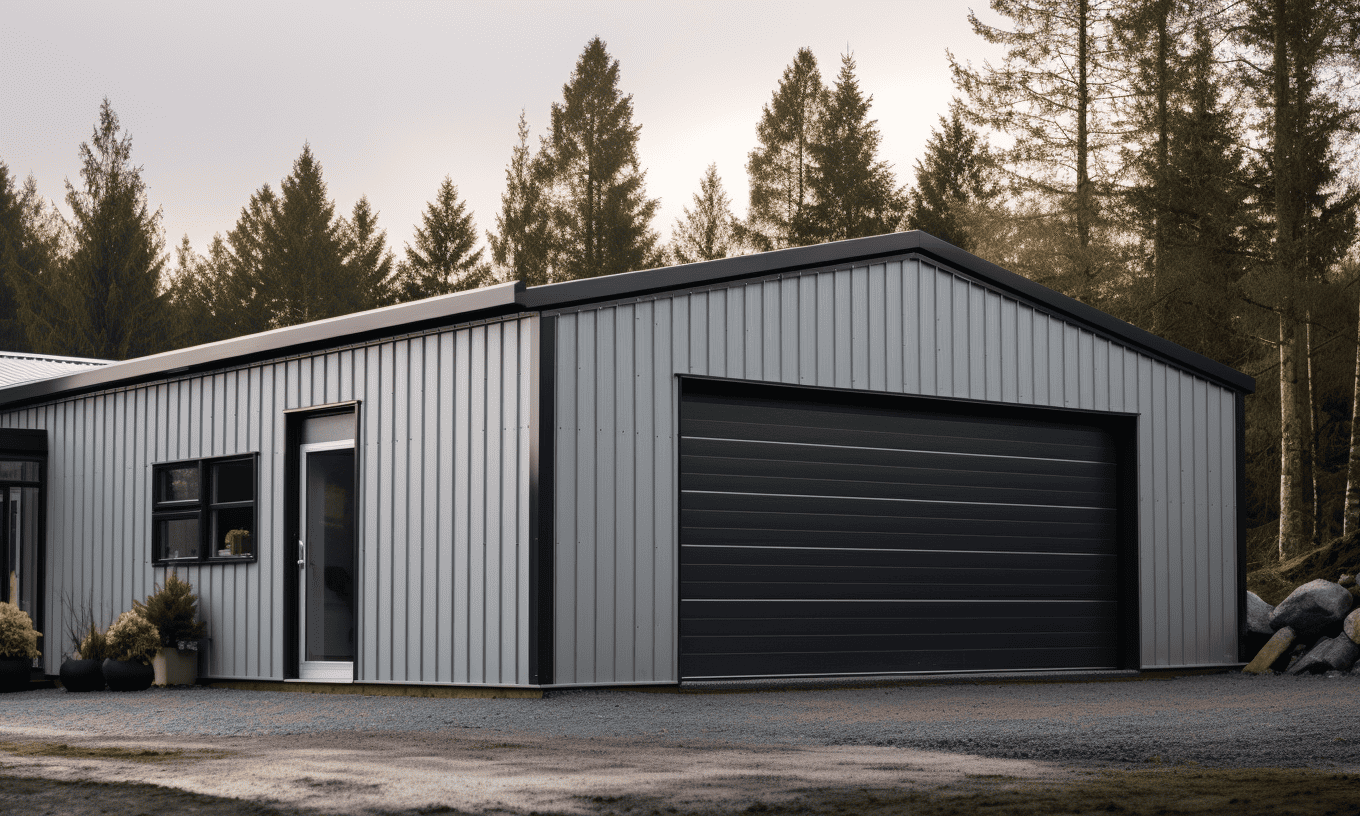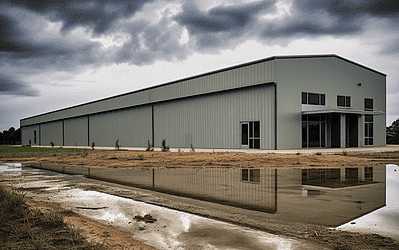As the demand for steel buildings continues to soar, it’s crucial for potential owners and contractors alike to understand the financial nuances behind these projects. Sure, they’re durable, efficient, and sustainable, but how can one maximize the budget without compromising quality? Dive in as we unfold essential Financial Tips for Steel Buildings.
Understanding the Core Costs
Before anything, it’s essential to grasp where most of your money goes in a steel building project. From raw materials to labor costs, understanding the primary expenses can pave the way for better budgeting.
1. Material Procurement
When thinking of steel buildings, the obvious expense is the steel itself. Prices fluctuate based on market demand, quality, and source. However, did you know strategic procurement can lead to substantial savings?
Bulk Purchases
Ordering in bulk might demand a higher initial outlay but think of the discounts and savings in the long run. Moreover, it ensures consistency in material quality across the entire project.
Local Suppliers
Considering local suppliers can drastically reduce transportation costs. Plus, it promotes local economies and ensures quicker deliveries.

2. Labor Costs
Skilled labor doesn’t come cheap. However, investing in expertise can save you potential costly repairs or adjustments in the future. It’s about finding a balance.
Continuous Training
Investing in training for your workforce ensures efficiency and reduces time wastage. They’ll be equipped with the best steel buildings tips.
Optimized Work Schedules
Staggering work shifts or scheduling tasks strategically can lead to better labor management, ensuring you’re not overpaying for idle hands.

3. Safety and Insurance
A crucial element often overlooked is the cost of safety and insurance. Adequate Safety Measures in Steel Building projects can lead to reduced insurance premiums and ensure a smoother construction process.
4. Additional Features and Comforts
It’s tempting to incorporate every modern feature into your steel building, but do they all offer value for money? Let’s take insulation, for instance. It’s a worthwhile investment as it regulates internal temperatures, saving on energy costs in the long run. Learn more about Insulation Essentials.
Budgeting Smart: The Final Tips
Once you’ve got a grip on the core costs, draft a comprehensive budget. Allocate funds wisely, keeping a buffer for unexpected expenses. Remember, the cheapest option isn’t always the most cost-effective in the long run. Instead, focus on value. Ask yourself: does this investment yield long-term benefits?
Conclusion
Building with steel is an exciting venture, and with the right financial strategies, it doesn’t have to be a daunting one. As you embark on your next construction project, arm yourself with these tips and make every penny count. Ready to start? Contact YourBuildingTeam for expert guidance tailored to your needs.





